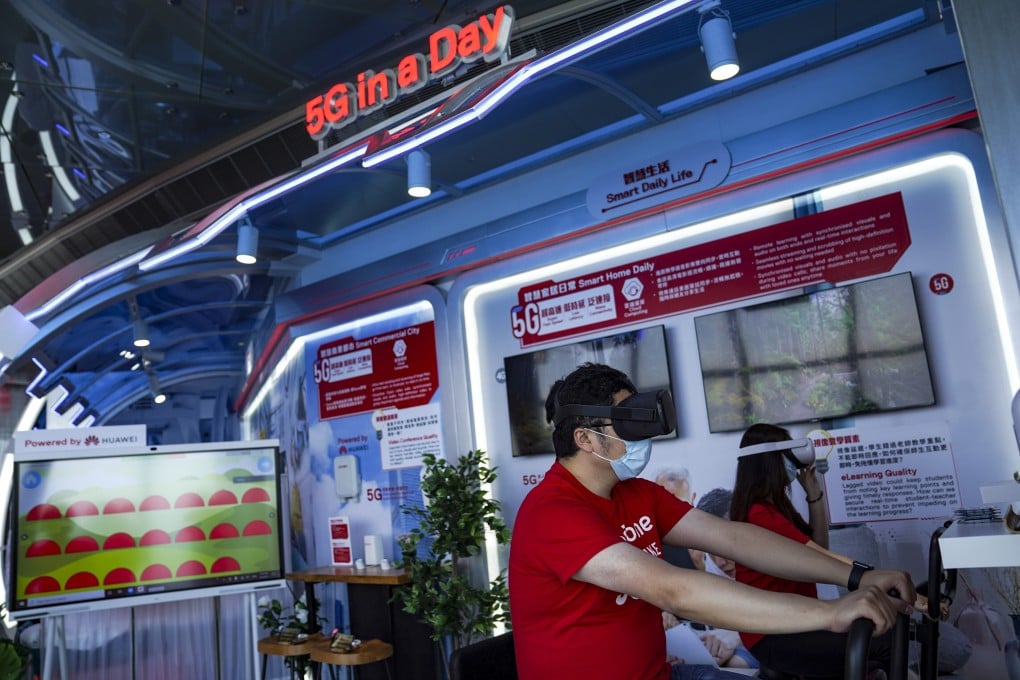Telecoms firms see ‘metaverse’ as killer 5G app to help recoup billions spent building next-gen networks
- Telecoms companies in China, the US and South Korea see augmented reality and digital worlds as the key to making back money spent on superfast 5G networks
- The ‘metaverse’ concept has inspired companies like Roblox, but there is no guarantee it will become the big revenue driver that telcos hope

“If you do nothing, you will stay on a flat curve revenue wise,” said Stockholm-based Pernilla Jonsson, head of Consumer & IndustryLab. “We see the potential. It will be very interesting to see how this plays out. Who will actually be the winners of the metaverse is still a very open question.”
Jonsson expects the development of the metaverse to be gradual, starting with those headsets and glasses piggybacking on smartphone connections. Cutting-edge metaverse applications are still at the conceptual stage. If they do become reality, virtual meetings and shopping online would feel like real-life activities, with digital copies of almost everything that also reflect real world changes in real time through advanced 3D image capturing.
China Mobile, the world’s No 1 carrier by subscribers, Verizon, the largest US operator and South Korean leader SK Telecom are among those building platforms based on virtual or mixed reality, a term that means blending the digital world with real-life environments.
SK Telecom wants to create a virtual economy based on its platform, said Cho Ik-hwan, SK Telecom’s vice-president and head of mixed reality development, where people not only seek leisure and entertainment, but also trade and develop businesses.